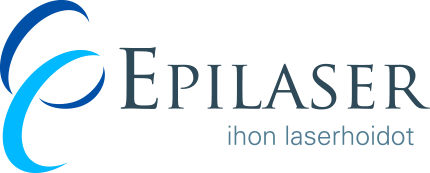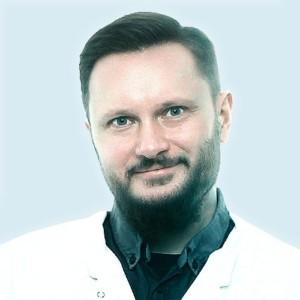How does a scar form?
When the dermis of the skin is damaged as a result of inflammation, trauma or surgery, this results in a scar. The normal collagen structure of a scar’s dermis is abnormal. A scar can be atrophic (pitted), hypertrophic (raised), or keloidic (grown significantly larger than the original scar).
Can scars be treated?
Atrophic and hypertrophic scars are treated with fractional CO2 or Er:Glass laser therapy in which hundreds – sometimes thousands – of thermal points are made to the skin. They reach the dermis and cause collagen remodelling. Fractional therapy combines efficiency and safety in an optimal manner. We do not treat keloid scars by laser but with cortisone injections.
Does fractional laser treatment help with scar redness?
Fractional laser therapy also reduces the redness of scars. In some situations, fractional laser therapy can be used to supplement other lasers; the edges of a pitted scar can be evened or raised scars can be levelled with a fully ablative laser; a KTP laser can make the treatment of scar redness more effective or traumatic scars’ foreign object tattoos and uneven pigmentation can be faded with a Q-switched ruby laser.
What kind of results are achieved?
In the best case, a scar can be made fully invisible with laser therapy sessions. However, the common treatment result is the partial removal of a scar. Especially a large scar cannot be entirely removed, but laser therapy can improve the appearance and texture of the scar as well as reduce the tension of the scar area.
How many treatments are required?
Depending on the initial situation and objective, 3-10 treatment sessions are required with a treatment interval of at least 1-2 months. The final treatment result will continue to improve for a year after the final treatment session.
Does the laser treatment of scars hurt?
A small scar area can be treated without local anaesthetics. The pain is felt during treatment as a sting-like, momentary burning sensation. When treating larger scar areas, we use anaesthetic cream and/or cold air to alleviate pain, in which case the pain sensation is significantly reduced.
What are the after-care instructions?
The skin will be red and slightly swollen immediately after treatment. However, the skin can be washed as normal. Redness and swelling usually intensify during the first 24 hours, and the skin may exude some tissue fluid. At this stage, Bepanthen cream, which is available at pharmacies without a prescription, can be applied to the skin to calm it down. The swelling will soon go down, and the skin will begin to flake. At the same time, the skin colour will begin to normalise. All in all, recovery takes 5-6 days. During this time, saunas and swimming should be avoided. After treatment, the treatment area is protected with SPF50+ sunscreen lotion for 1-2 months. During sunny seasons, spending time in the sun should be avoided.
How do I access treatment?
An appointment is booked with a dermatologist to plan the treatment. The treatment of acne scars can be started as soon as the condition improves. The treatment of surgical scars can be started as soon as the sutures are removed. The treatment of areas that are exposed to the sun is preferably scheduled between September and April. Do not wear makeup when arriving for the actual treatment. The physician shall apply an anaesthetic cream to the skin if this has been agreed upon in connection with the treatment-planning appointment.
Book an appointment now!
Mikkeli →Vantaa →
Hämeenlinna →
Jyväskylä →
Kokkola →
Kouvola →
Kotka →
Kuopio →
Lahti →
Lappeenranta →
Oulu →
Pori →
Seinäjoki →
Tampere →
Vaasa →












